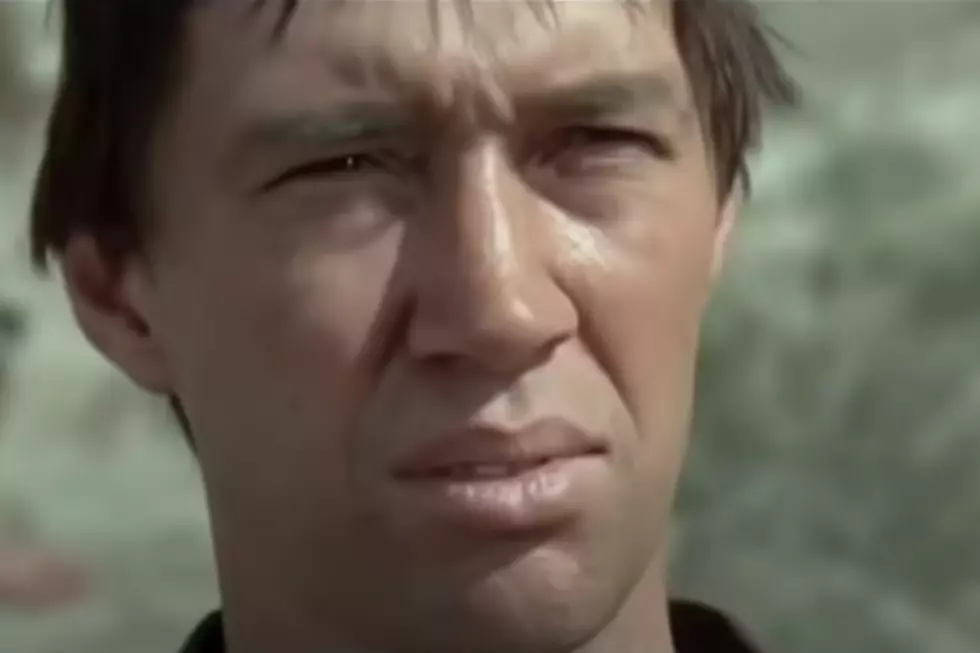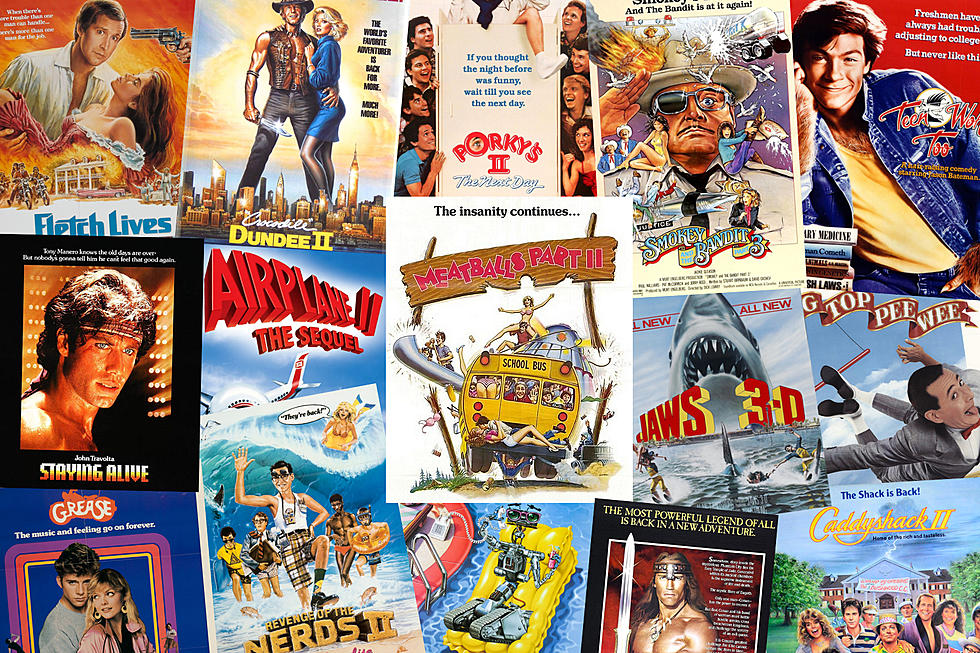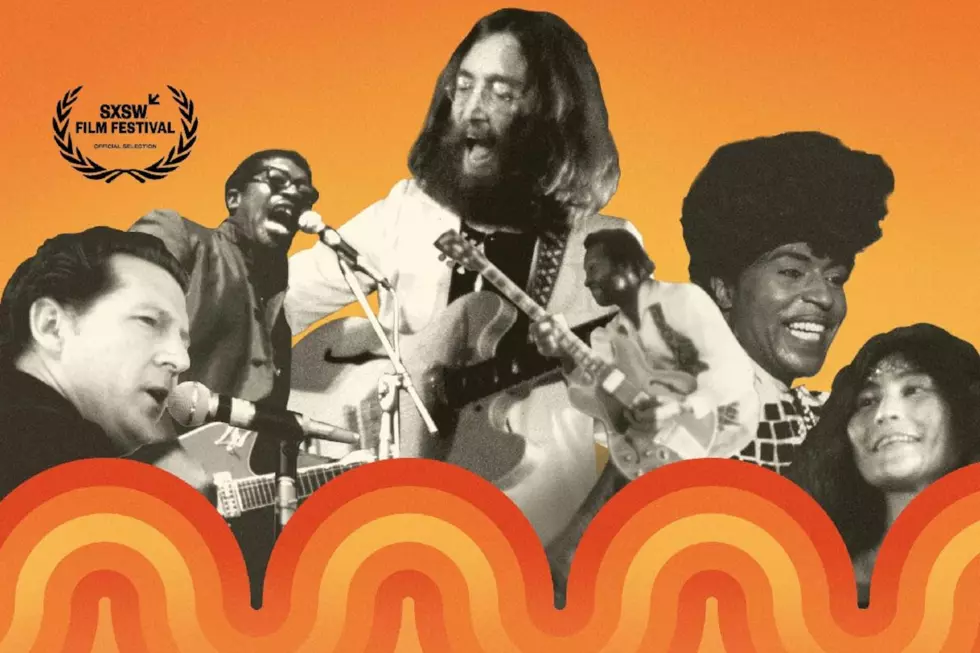
50 Years Ago: ‘Kung Fu’ Helps Start a Cultural Movement
Martial arts fever would eventually grip American culture, but in 1972 the trend was still in its infancy.
There was no MMA, and no John Wick-style heroes who seem to be trained in every style of hand-to-hand combat there is. The Karate Kid wouldn't be made for another 12 years, and the legendary Bruce Lee was only just making his debut on American movie screens with Fists of Fury and Way of the Dragon.
Then came Kung Fu, perhaps the most influential television show in the history of American martial arts. ABC premiered the series on Oct. 14, 1972, following a made-for-TV film called The Way of the Tiger, The Sign of the Dragon from the previous February. Written by Ed Spielman and Howard Friedlander, and directed by Jerry Thorpe, the movie told the story of a man named Kwai Chang Caine (David Carradine). Caine is the son of an American father and a Chinese mother who was orphaned at a young age and then raised in a Shaolin Monastery, where he learned the mystical arts of Kung Fu. After killing the nephew of the Emperor of China after he murdered Caine's master, Caine flees to the American west in the 1870s.
The film was so popular that ABC immediately made plans to turn it into a series, and Kung Fu began production that summer under the direction of writer Herman Miller. By that point, the show was already dealing with controversy. There were rumors that ABC had stolen the idea from a screenplay Bruce Lee had pitched to them called The Warrior, about a Chinese Kung Fu master traveling around the American west.
This idea had so much momentum that it almost instantly became become a commonly believed urban legend. (The truth is that Spielman and Friedlander had been working on the idea for the script since 1967.)
Watch the Opening of 'Kung Fu'
The casting of Carradine had also been a controversial choice. Several Asian actors auditioned for the part, including Bruce Lee and George Takei. (Lee had been rejected, it was claimed, because of his accent.) Carradine was chosen, however, despite having no martial arts experience.
The Association of Asian Pacific American Artists actor group filed a complaint, and the show has frequently been cited in the intervening years as an "example of whitewashing," or having Caucasian actors appear in roles as people of other races. Carradine noted in a 2009 interview with NPR that both his eyes and skin tone were altered by make-up artists on the show to make him look more Asian.
These things did nothing to stop Kung Fu from becoming immensely popular. In each episode, Caine would journey through the Old West and encounter an injustice to be stopped and people to be helped, and would use his martial arts abilities to do so. There were also numerous flashbacks to his youth in the Shaolin Temple, and the lessons learned from Master Po (Keye Luke) and Master Chen Ming Kan (Philip Ahn). Po gave Caine the nickname "Grasshopper," which became one of the show's pop culture taglines.
The fight scenes in Kung Fu are pretty tame to modern eyes, and Carradine told NPR that government regulations placed strict limits on the number of minutes in each episode that could be devoted to showing violence. Still, filming could be physically hazardous work. "I have broken or dislocated virtually every finger and every toe that I have," he said. "I've crushed my ribs. I've smashed my shoulder. I've destroyed a ligament in the knee. I could go on."
At the same time, all of this action wasn't random. Samuel L. Jackson's character in Pulp Fiction memorably says he intends to emulate Caine and "walk from place to place, meet people, get into adventures" – but he's only half right. Caine was indeed wandering around getting into adventures, but he was also looking for the American side of his family – and in particular his half-brother, Danny Caine.
Watch a Fight Scene From 'Kung Fu'
Unlike the vast majority of episodic shows, Kung Fu finished out its plot line. There have long been rumors that Carradine quit the show after only three seasons because of on-set injuries. But he always maintained in interviews that he left because the show never lived up to his expectations about what it could be, and that he wanted to pursue a big-screen career.
In any case, the producers knew they could never replace Carradine, so they made sure that the third season ended properly: Caine finally locates his brother Danny, and his nephew Zeke.
Despite the surrounding controversy and its limited run, Kung Fu became one of the most influential shows of the '70s. Its lasting popularity was such that Carradine returned to the part in 1986 for Kung Fu: The Movie on CBS. The following year, a feature-length pilot called Kung Fu: The Next Generation aired on CBS, starring Brandon Lee, Bruce Lee's son. Carradine then played Caine as the grandfather of a new protagonist in Kung Fu: The Legend Continues, which aired in syndication from 1993-97. The CW channel rebooted the show yet again in 2021, and there have been rumors about a feature film in the works for nearly a decade.
Beyond all of this, there are the legions of martial arts shows and martial-arts-trained heroes that have appeared on screen over the ensuing decades. Bruce Lee deserves his share of acclaim for this, as do people like Chuck Norris, John Woo and Jackie Chan, but no small part of the credit also has to go to David Carradine and Kung Fu.
28 Classic Films That Were Turned Into (Mostly Failed) TV Shows
More From Ultimate Classic Rock









